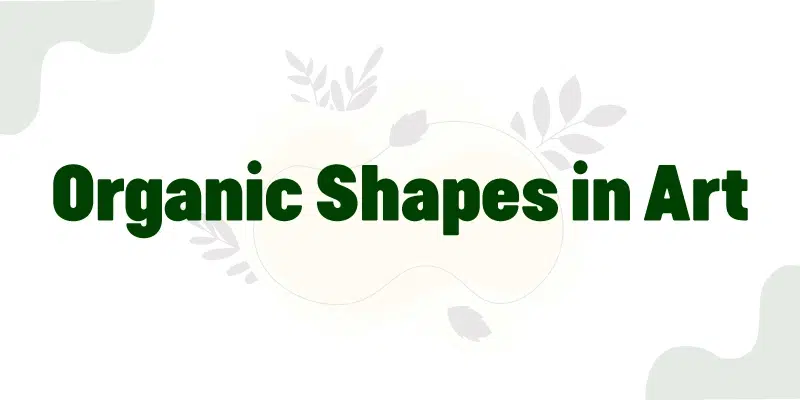Organic shapes in art refer to free-flowing, irregular and naturally occurring shapes that do not follow strict geometric patterns. They often resemble forms found in nature. These shapes are characterized by their soft, curving lines and lack of precise angles. Organic shapes contrast with geometric shapes, which have well-defined and regular attributes. These fluid and expressive forms add a sense of natural beauty and spontaneity to artistic compositions.
These artistic shapes play a vital role in the world of art and design. Versatility in Organic Shapes offers artists and creators a unique way to convey emotions, movement and natural beauty. Their irregular and unpredictable nature adds visual interest and energy to compositions. They also explore the beauty of the natural world through the artist’s creative lens.
Characteristics of Organic Shapes
Organic shapes exhibit several distinct characteristics that set them apart from geometric shapes. Some key characteristics of organic shapes include:
- Irregular and Flowing: Organic shapes have a natural and free-flowing appearance, lacking the strict lines and angles of geometric shapes.
- Nature-Inspired: They often resemble shapes found in nature, such as leaves, flowers, clouds or even the human body.
- Fluid and Dynamic: Organic shapes do not adhere to rigid measurements, allowing for a sense of movement and dynamism in artworks.
- Soft and Harmonious: These shapes evoke a sense of softness and harmony, creating a more calming and soothing visual experience.
- Expressive and Emotive: These artistic shapes can be used to convey emotions and abstract concepts, enabling artists to express their feelings and ideas.
- Lack of Symmetry: Unlike geometric shapes, organic shapes give artworks a more natural and spontaneous feel.
- Artistic Freedom: Artists have more creative freedom when using organic shapes, allowing for unique and imaginative interpretations.
- Versatility: Organic shapes can be used in various art styles and mediums, from paintings and drawings to sculptures and digital art.
- Connection to Life: As they mirror elements found in nature and living beings, organic shapes can evoke a sense of life and vitality in artworks.
Examples of Organic Shapes in Art
In the realm of art, organic shapes bring a sense of natural beauty and freedom to creative expressions. various examples of this useful shapes are discussed here:
Curvilinear Shapes
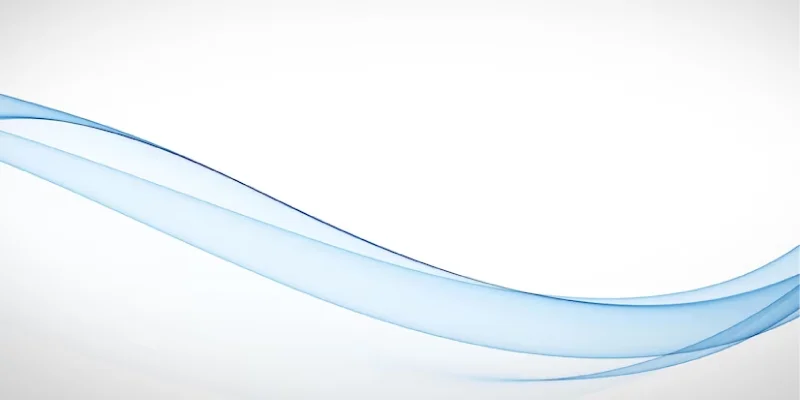
Curvilinear shapes are characterized by smooth, flowing lines and curves. They are commonly found in paintings, sculptures and digital art. These organic shapes represent the natural beauty of objects like flowers, wave and human figures. Artists use these shapes to evoke a sense of grace and fluidity in their artwork.
Biomorphic Shapes

Biomorphic shapes are another significant example of organic shapes in art. These shapes often depict free-flowing, irregular contours, resembling plants, animals or microorganisms. They connect the human experience with nature’s harmonious designs.
Geometric-Organic Shapes
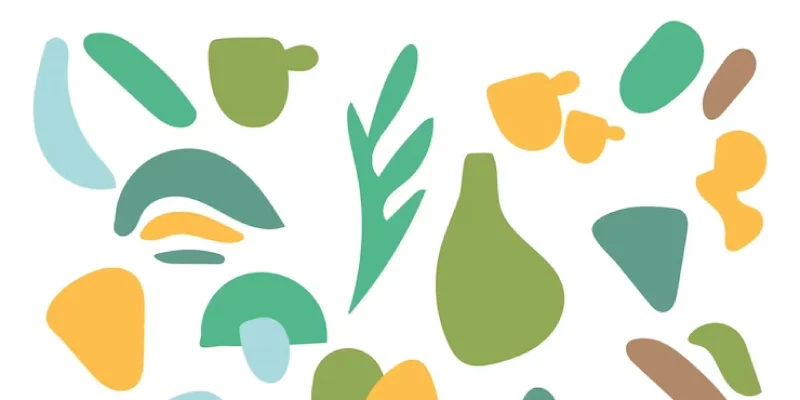
Geometric-organic shapes combine elements of both geometric and organic forms. They retain the orderly structure of geometric shapes while incorporating subtle irregularities found in nature. Artists use these shapes to strike a balance between the structured and the natural.
Abstract Organic Shapes
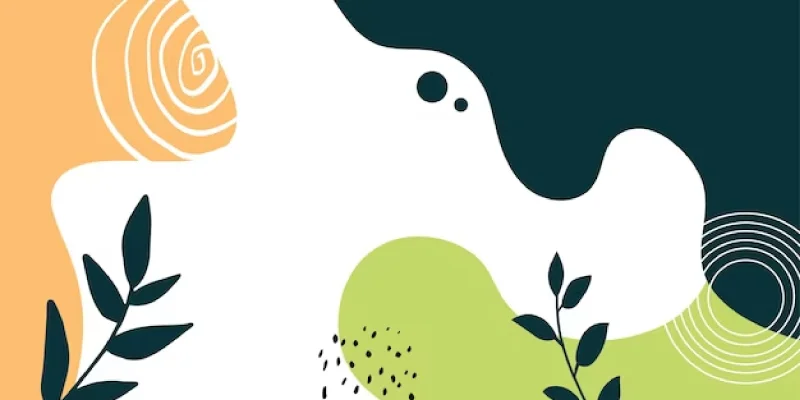
Abstract organic shapes are non-representational forms that do not mimic specific objects in the natural world. They are free-flowing and often asymmetrical, allowing artists to explore creativity and imagination. These shapes convey emotions, ideas and open to the viewer’s imagination. They are commonly used in modern and contemporary art styles.
Flowing Shapes
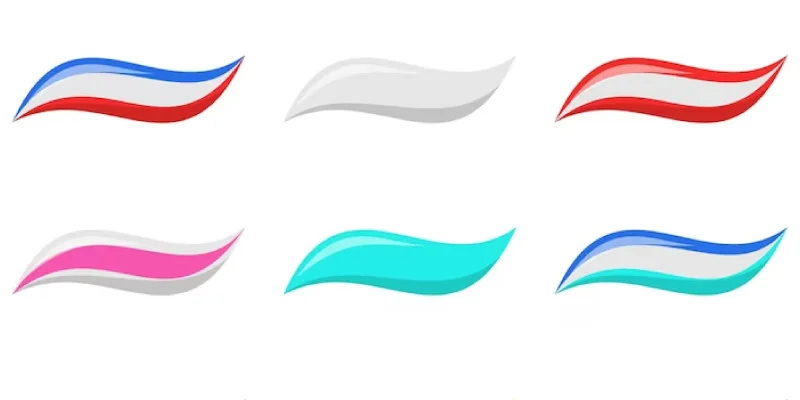
Flowing shapes are organic forms characterized by smooth, graceful lines that create a sense of movement and continuity. They often evoke the feeling of natural elements like water, wind or foliage, contributing to a harmonious and dynamic composition. These shapes add a sense of flow and rhythm to artwork.
Serpentine Shapes

Serpentine shapes are organic curves that resemble the sinuous movements of a snake or a winding path. These flowing, undulating lines create a sense of elegance in art. Serpentine shapes are often used to add the captivating quality in Artistic Styles.
Irregular Shapes
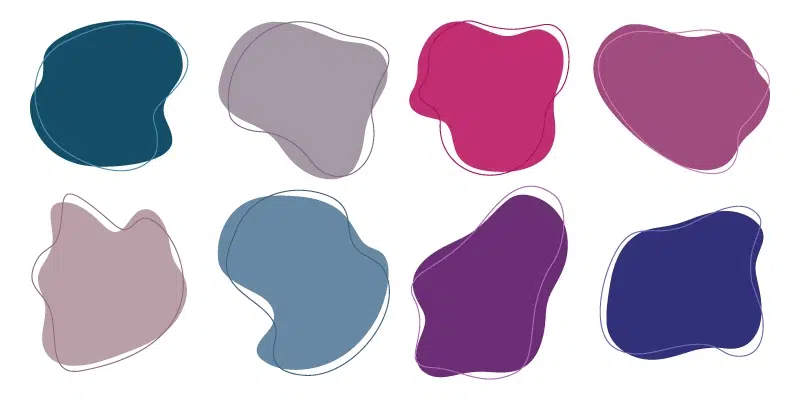
Irregular shapes in art refer to forms that do not have a defined or regular outline. They are unique, asymmetrical and distinct. These shapes can be occurred in nature or created through artistic expression. Irregular shapes provide spontaneity and individuality in works.
Contoured Shapes
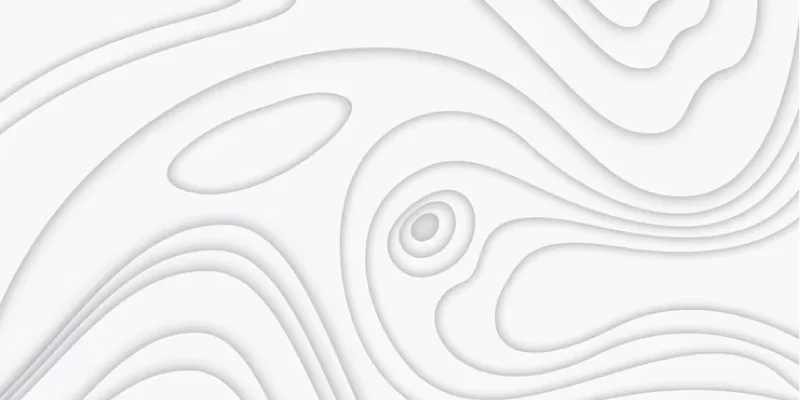
Contoured shapes in art are forms that follow the outline or contour of a subject, object or figure. They are often used to represent realistic and recognizable subjects with clear boundaries. Contoured shapes help artists create detailed and lifelike representations in their artwork, capturing the essence of the subject’s.
Amorphous Shapes

Amorphous shapes in art refer to irregular and non-geometric forms that lack specific definition or structure. Shapes of Amorphous resemble natural elements like clouds, blobs or puddles. Amorphous shapes encourage a sense of freedom and creativity in art.
Fluid Shapes
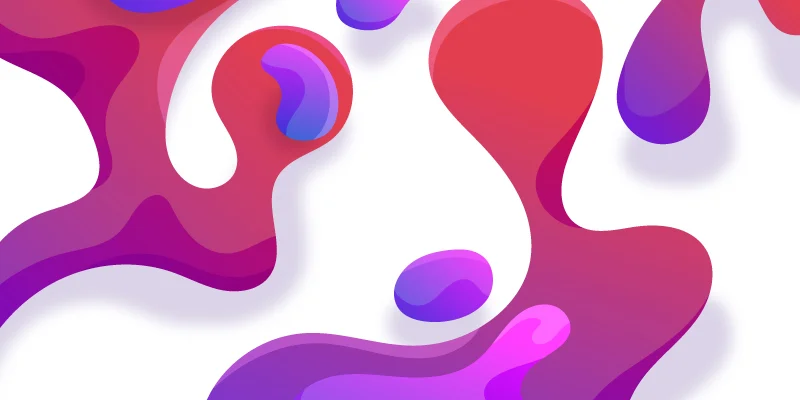
Fluid shapes in art are characterized by their smooth and flowing contours, resembling the movement of liquids or organic substances. These shapes often add natural beauty in art. Fluid shapes can be found in various art forms, including paintings, sculptures and digital art.
Techniques for Creating Organic Shapes
Creating organic shapes in art involves various techniques and approaches that artists use to achieve their goal. Some common techniques for creating those shapes include:
- Freehand Drawing: Artists can draw organic shapes directly on paper or canvas using their hands and without the use of rulers. This technique allows for a more natural and spontaneous representation of organic forms.
- Collage: Artists can create this type of shapes by cutting and layering different materials, such as paper, fabric or photographs, to form unique and textured shapes.
- Painting: Using brushes, palette knives or other painting tools, artists can apply paint to canvas or other surfaces to create flowing organic shapes.
- Sculpting: Sculptors can work with various materials like clay, wood or stone to mold and shape organic forms in three-dimensional space.
- Digital Art: With the use of graphic design software, artists can create organic shapes digitally. You can control curves and colors by using digital art.
- Blending and Smudging: By blending and smudging colors or materials, artists can create soft and organic transitions between shapes.
- Stamping and Printing: Artists can use stamps or printing techniques to repeat organic shapes and create patterns with natural flow.
Applications of Organic Shapes in Design
Organic shapes have a remarkable influence on design across various fields. This article explores how these captivating shapes enrich the world of design and inspire artists to create organic art
Graphic Design
Organic shapes can be used in logos, illustrations and graphic elements to infuse a sense of dynamism and energy into the design. They are often employed in branding, packaging and marketing materials to create a unique and eye-catching visual identity.
Web Design
Organic shapes can enhance the user experience on websites by breaking away from rigid grid layouts. They can be used as background elements, buttons or section dividers, creating a more immersive and engaging browsing experience.
Art and Illustration
Artists and illustrators use organic shapes as a foundation for their artworks. They can express emotions and ideas in a more fluid and naturalistic manner. These shapes are often found in paintings, drawings, and digital illustrations.
Fashion Design
Fashion designers utilize organic shapes in clothing and accessory designs to add movement and grace to garments. Flowing lines, asymmetrical patterns and botanical-inspired prints are commonly seen in fashion collections.
Advertising and Marketing
Advertisements and marketing campaigns often incorporate these artistic shapes to convey a sense of vitality, health and nature.
Interior Design
In interior design, organic shapes can soften the edges of a space, creating a more inviting and natural ambiance. Furniture with curved lines and flowing forms create a harmonious and relaxing environment.
Architecture
Architects incorporate organic shapes in building designs to create structures that blend harmoniously with their natural surroundings. These shapes can be seen in curvilinear facades, fluid rooflines and organic architectural features.
Product Design
Organic shapes are integrated into product design to create visually appealing products. From furniture and household items to electronics and gadgets, organic forms improve the user experience and aesthetics.
Tips for Incorporating Organic Shapes in Art
In this guide, we will explore valuable tips to embrace and utilize organic shapes. These tips enable you to create natural beauty in your art.
Observe Nature
Study the various shapes found in nature, such as leaves, flowers, clouds and rocks. Use these observations as inspiration to create organic shapes that capture the essence of the natural world.
Experiment with Mediums
Explore different art mediums like watercolors, acrylics, pastels or digital tools to create this kind of shapes. Each medium offers unique possibilities for expressing fluidity and softness.
Embrace Curves and Flow
Avoid using sharp angles and straight lines in your artwork. Use free-flowing lines and smooth curves, so that you can create visually appealing and natural-looking shapes.
Balance with Geometric Shapes
Integrate organic shapes with geometric shapes in your composition to create a harmonious and visually engaging contrast. The interplay between the two can add depth and interest to your artwork.
Use Color Thoughtfully
Select colors that evoke a natural and organic feel, such as earth tones, soft pastels or vibrant botanical hues. Consider how color can enhance the mood and overall impact of your organic shapes.
Focus on Flow and Movement
Use organic shapes to convey a sense of movement and energy in your artwork. Whether it’s a flowing river, dancing leaves or swirling clouds, infusing motion can add life to your composition.
Trust Your Intuition
Don’t be afraid to let go of rigid planning and allow your intuition to guide you. Allow the organic shapes to evolve naturally and embrace any unexpected results.
Conclusion
Organic shapes in art truly embody the beauty of nature’s forms, evoking a sense of harmony and fluidity. Their versatility allows artists to express emotions, ideas and concepts in unique and captivating ways. Embracing organic shapes allows artists to break free from rigid boundaries. So, let the allure of organic shapes inspire your creative expression and embark on a journey of artistic exploration like no other.
Related Post
psychology of shapes in design
how to use vector shapes in photoshop

